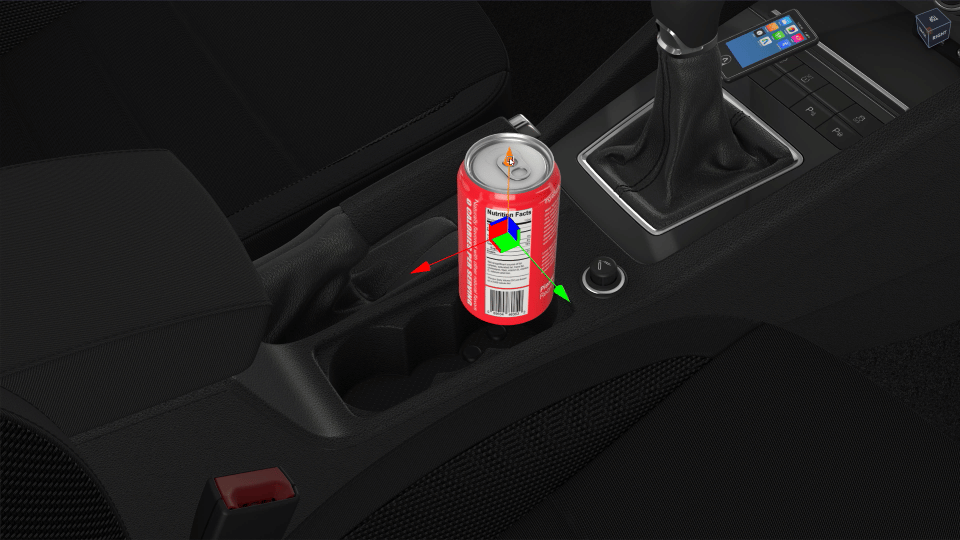Collision API
We improved XR setup time for touch sensors and the performance of collision hull response to touch commands of the blue virtual hands in XR. With NVIDIA's latest, updated PhysX engine, you'll see better performance and have full access to the API via Python.
Video captions: We also added collision detection. This gives you the possibility to visually detect assembly options and so much more. With NVIDIA's latest and updated PhysX engine, we now have much better performance and we give you access to the API via Python. You can also find two examples in the example folder, which comes with the installation.
We significantly improved the XR setup time when activating XR and updated the 3rd-party library that is used for the generation of collision hulls, which respond to the touch commands of the blue virtual hands in XR. Another improvement is that much more complex geometry can now be used as a touch sensor.

The setup time for VR when using touch sensors and other hand interactions with collision detections has improved. In addition, setUseBoundingBoxesForInteractionInVR() or vrImmersiveInteractionService.setUseBoundingBoxCollisionObjects() can be used to switch the collider type from convex hulls to faster, but less precise bounding boxes before starting a VR session. These functions also change the collider for nodes registered with the existing setNodeInteractableInVR() function.
The update to the latest SDK version greatly improved performance and we provided two annotated examples in the Example Folder, physics_collision_example.vpb and physics_collision_info_example.vpb, to show how to register geometries in PhysX and query for collision points.
Check out the following physics examples:
Physics Basic Collision Example demonstrates how to use the physics collision pipeline in a scene.
Physics Collision Example with Contact Information demonstrates how to use the physics service (
vrPhysicsService) to detect collisions between objects and how to get information about the contact points.